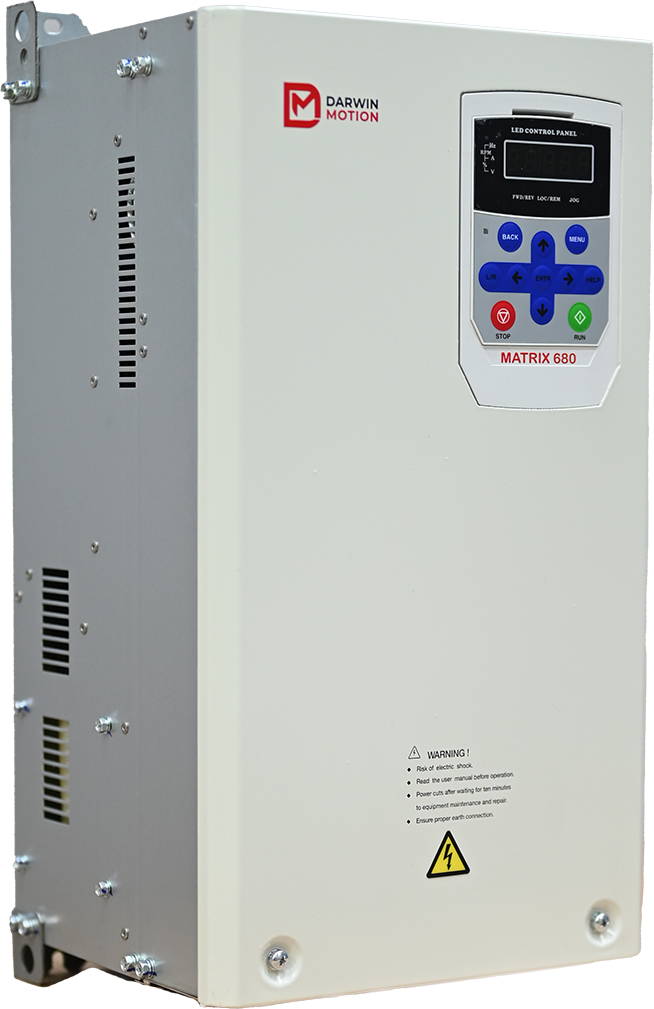Posted on 19th Sep 2024

In various industrial applications, blowers play a vital role in moving air or gas efficiently. Whether used in HVAC systems, dust collection, or material handling, optimizing blower performance is essential for maintaining operational efficiency. One of the most effective ways to achieve this is by integrating a Variable Frequency Drive (VFD). This article explores the benefits and applications of VFDs for blowers, highlighting how they can enhance performance and reduce costs.
A VFD for blower is an electronic device that controls the speed and torque of an electric motor by varying the frequency and voltage supplied to it. By adjusting these parameters, VFDs enable precise control over motor-driven equipment, allowing for improved efficiency and flexibility.
One of the most significant advantages of using VFDs in blower systems is energy efficiency. Traditional blower systems often operate at full speed regardless of demand, leading to excessive energy consumption. VFDs allow blowers to adjust their speed based on real-time requirements, resulting in energy savings of 30% or more.
VFDs provide precise control over blower speed and airflow, allowing for better adaptation to varying process conditions. This capability ensures that systems operate at optimal performance, enhancing product quality and consistency.
Starting and stopping blowers with a VFD minimizes mechanical stress on components. This soft-start capability reduces wear and tear, extending the lifespan of both the blower and motor. As a result, maintenance costs decrease, and downtime is minimized.
With the ability to fine-tune blower operation, VFDs contribute to improved system performance. They can help maintain desired pressure levels, airflow rates, and temperature control, ensuring that industrial processes run smoothly and efficiently.
VFDs enable blowers to operate at lower speeds when full capacity is not required, significantly reducing noise levels. This feature is particularly beneficial in environments where noise pollution is a concern, creating a more comfortable working atmosphere.
In heating, ventilation, and air conditioning (HVAC) systems, VFDs help optimize airflow and maintain comfort levels while minimizing energy usage. By adjusting fan speeds based on occupancy or temperature changes, VFDs enhance the overall efficiency of HVAC systems.
For dust collection systems, VFDs allow blowers to operate only at necessary speeds, ensuring effective dust removal without wasting energy. This capability is crucial for maintaining air quality and meeting regulatory standards.
In material handling applications, blowers are used to transport lightweight materials. VFDs enable precise control over airflow, ensuring materials are moved efficiently and safely without overloading the system.
In industrial cooling processes, blowers play a crucial role in regulating temperature. VFDs allow for dynamic adjustments based on cooling requirements, enhancing efficiency and reducing energy costs.
Integrating Darwin Motion Variable Frequency Drives into blower systems offers a range of benefits, including improved energy efficiency, enhanced control, and reduced maintenance costs. As industries strive for greater efficiency and sustainability, VFDs have emerged as a crucial component in optimizing blower performance. By embracing this technology, businesses can enhance operational effectiveness, lower energy expenses, and contribute to a more sustainable future. Investing in VFDs for blowers is not just a smart choice; it's a strategic move toward achieving long-term operational excellence.